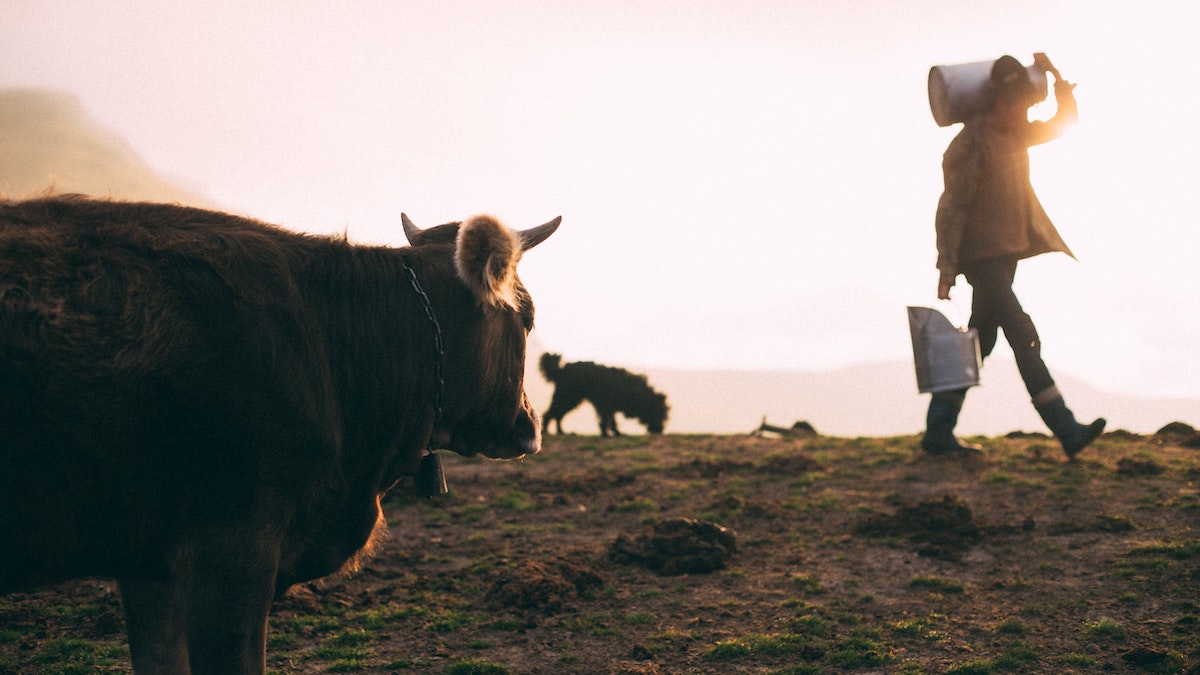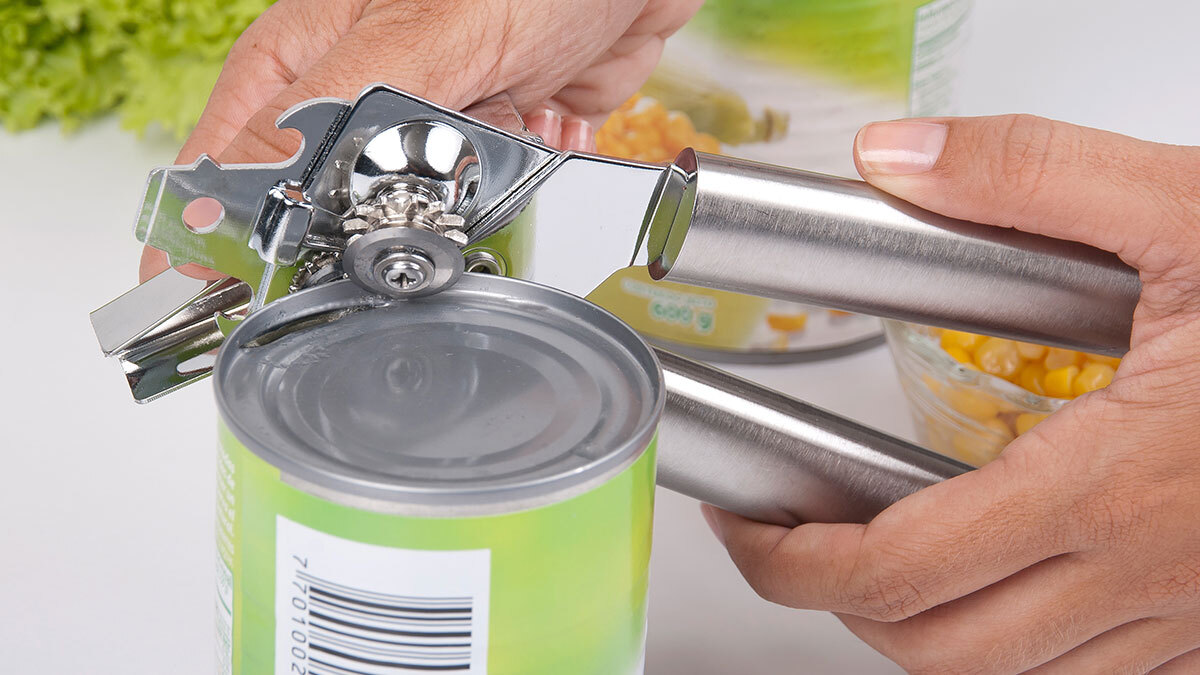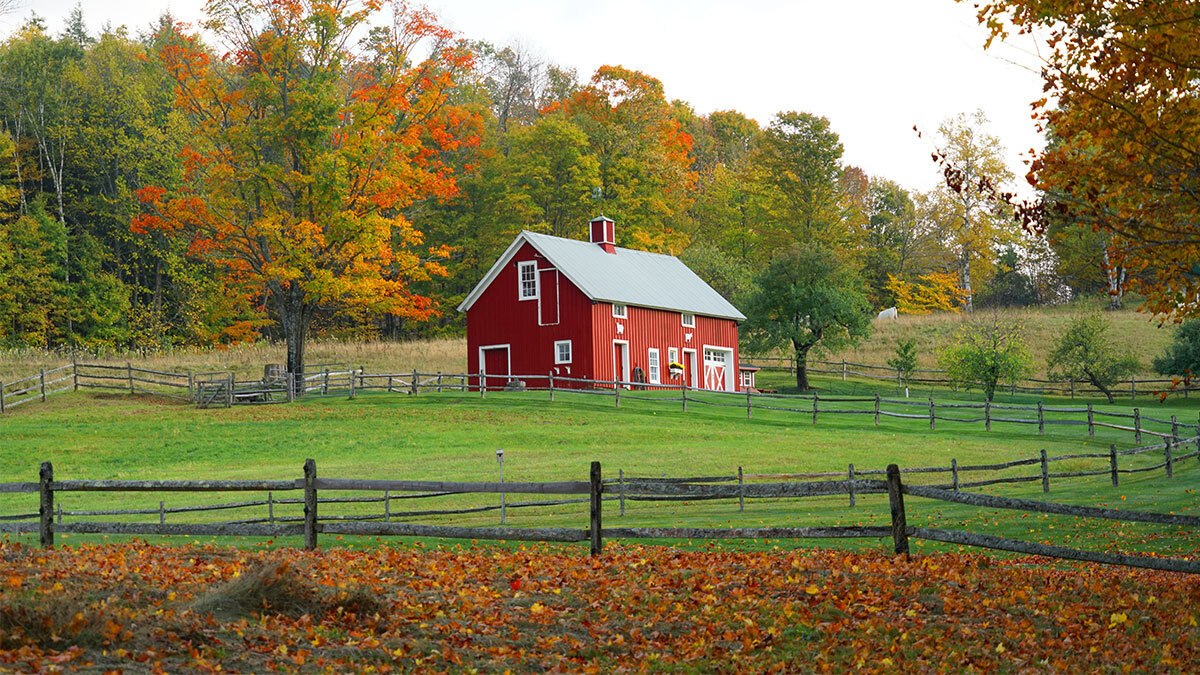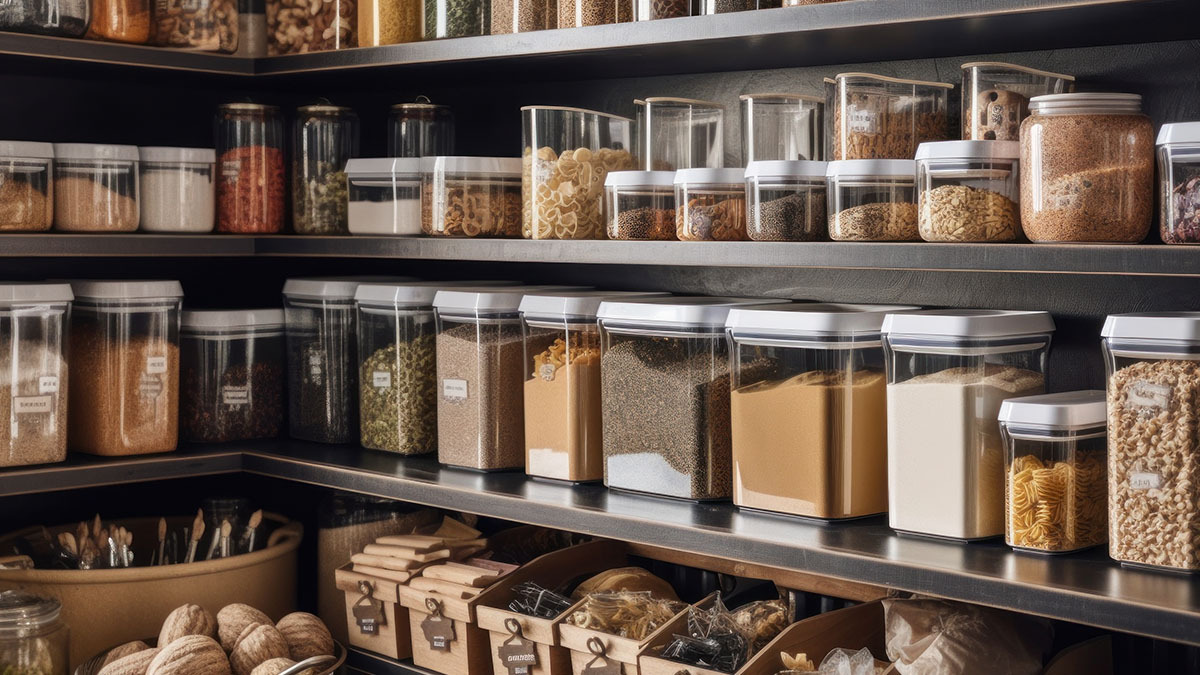on
If you have been practicing emergency food preparedness for any amount of time, then you know that trying to store dairy long term can be hard—real hard.
But have no fear, we’re here to help! Today we’re offering a few tips and tricks on how to get your dairy to last for as long as possible.
Here are four great ways (and one less-great way) to get your dairy to last, whether for food storage or everyday use.
1. Freeze It
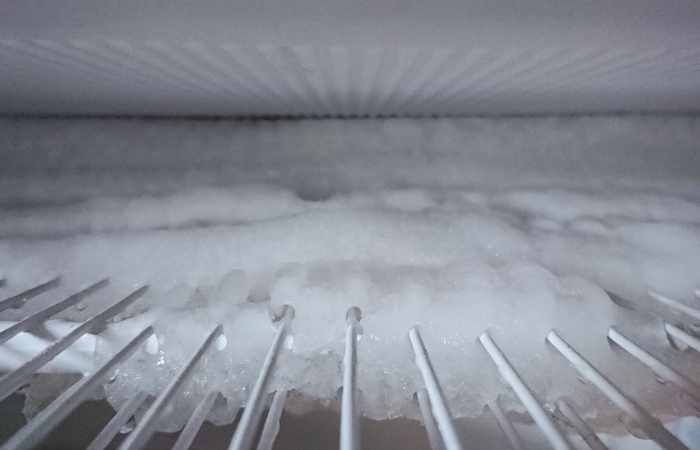
Dairy, like most foods, can be frozen to prolong its shelf life—regardless of whether it comes from cows, goats, etc. And, as with most food preservation techniques, there are pros and cons to the process.
Pros – The plus side of freezing is the simplicity. Achieving a prolonged shelf life takes nothing more than doing just a little bit of prep, tossing it in the freezer, and forgetting about the entire thing for weeks or months.
Cons – The downside—and this is a big one—is that freezing requires permanent electricity. This is a minor problem for most of us, most of the time. For those who live off the grid, it’s another story.
And for those stockpiling dairy for emergencies, well…electricity just isn’t something you can count on when SHTF.
On top of that, dairy will only last a few months in the freezer. The USDA recommends a freezer shelf life of one to two months for yogurt, six months for hard cheeses (soft cheeses don’t freeze well), and about three months for milk.
How to Do It – To freeze dairy, just make sure to place it inside a sealed container and freeze the contents thoroughly. Here are the prep specifics for common types of dairy.
- Milk – Sealed Container
- Cheese – Hard Cheese Freezes Best.
- Yogurt – May Lose Texture but Keeps Taste
- Eggs – Remove Shell Before Freezing
2. Store It in Wood Ash
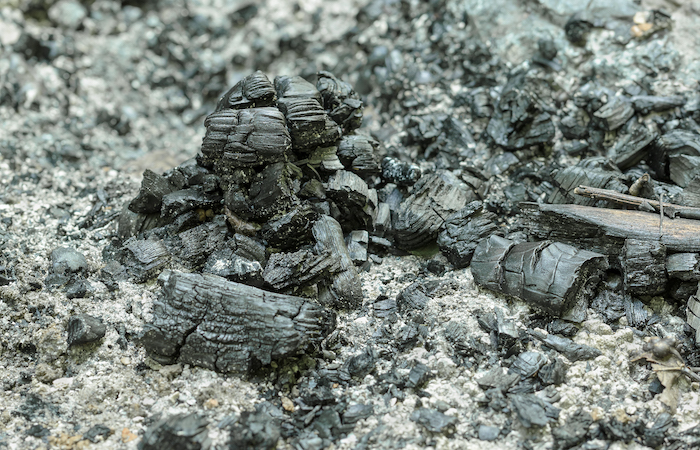
Here’s one way to store dairy long term that many people haven’t heard about. Preserving food in wood ash is an old tradition used by the Cherokee people and farmers in Africa. This technique can preserve foods, including cheese and eggs, for quite a while. Like other preservation, storage plays a large role in how long food preserved in wood ash could last.
Pros – If conservation is something you care about, then here’s a great way to preserve any wood ash you produce. Instead of disposing of it, use it to store away food items like dairy and eggs.
Cons – One thing to note is that storing your food in wood ash will give your food a smoky flavor, seeing as the preservation comes from burnt wood. If that’s a problem for you, this ash preservation may not be the best choice.
How to Do It – Simply layer wood ash into the base of a dark container (a stoneware pot is recommended), place your food on top of the wood ash, then cover the remaining portion of the food with more wood ash. Finally, place the lid on the container and sore it in a cool, dark place. When removed, wash the ash from the food.
Hard cheeses will last at least three months stored in wood ash. Some say they will last as long as a decade, though we can’t verify that claim.
3. Render Butter to Ghee
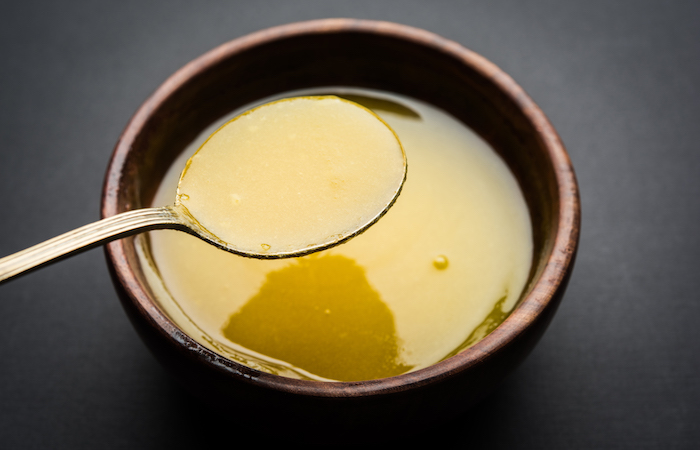
Because of its soft texture, butter does not store well in the freezer or wood ash. Rendering butter to ghee does a much better job.
Pros: Rendering fresh butter into ghee is a great way to extend its shelf life from one to three months to six to twelve months.
Ghee has a higher smoke point so is often used for cooking. It also contains fewer dairy proteins than butter, so it may be better for people with dairy intolerance.
Cons: Some just don’t like ghee. It has a stronger, nuttier flavor, and (strangely) tastes more “buttery” than butter. It can overpower foods and recipes where butter is not supposed to take main stage.
How to Do It: Make ghee following these four simple steps
- Heat unsalted butter until the milk solids separate.
- Keep cooking until the solids turn a golden-brown color.
- Strain the contents.
- Put the solid (ghee) into a sealable container.
For More on How to Preserve Butter, Check Out Our Article That Walks You Through the Process in Detail.
4. Wax Storage

We’ve all seen grocery store cheese wheels coated in wax, but did you know that wax is probably the most effective method there is of preserving cheese? That’s why it’s so ubiquitous.
Pros – Cheese sealed in wax can stay fresh for up to 25 years. In fact, some cheeses are sealed in wax and then stored away for a year or two before they’re shipped to market.
Cons – There are few cons, but a couple caveats. First, waxing is best for hard and dry cheeses. Soft cheeses, which are generally difficult to preserve, don’t take nearly as well to wax
Second, to maximize their shelf life when you store dairy long term, you really should store waxed cheese in a refrigerator or freezer. This prevents the growth of mold and preserves flavor.
How to Do It – According to the cheesemaking.com, these are the steps for waxing cheese:
- Heat cheese wax in pot or bowl, placed inside a pot filled with water, on the stove.
- Once melted, place a piece of aluminum foil down to catch any drips between the waxing pot and the cheese.
- Begin applying wax to the surface of the cheese with a natural bristled brush. Work quickly and use plenty of wax to get a good cover coat but try not to over brush.
- Wax the top surface and as much of one side as you can, then let the wax harden, before doing the remaining surface of the cheese.
- Once coated, repeat the process, so a good protective layer is created. If needed apply a third coat.
- When done waxing let the wax harden. Store both the wax and the brush in the same container used for melting, with a lid on top.
Canning Milk (The Less-Great Way to Store Dairy Long Term)
Boy, there’s a lot of disagreement over this online…
Pros: If you don’t like the taste of powdered milk, canned milk can be a great option. Properly canned milk can last a year or two, and people say it tastes a lot like fresh.
Cons: Certain organizations explicitly recommend against canning milk (as well as other dairy products) because the process has not been scientifically validated as safe.
Others claim they’ve been doing it for years with no problems at all.
Somewhere between these opinions, there are people who assert that pressure canned milk is safe, while milk canned by water bathing is not.
How to Do It: Either way, milk can develop botulism-causing bacteria, so be careful and do your homework. Go in eyes open to the risks, and can with at 10 pounds of pressure.
See How to Make Evaporated and Condensed Milk at Home.
Get access to premium content and more!
7 Tools You Need—& We Mean NEED— When SHTF



